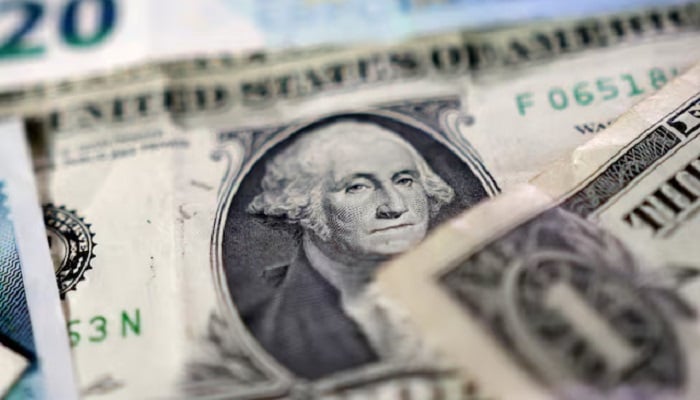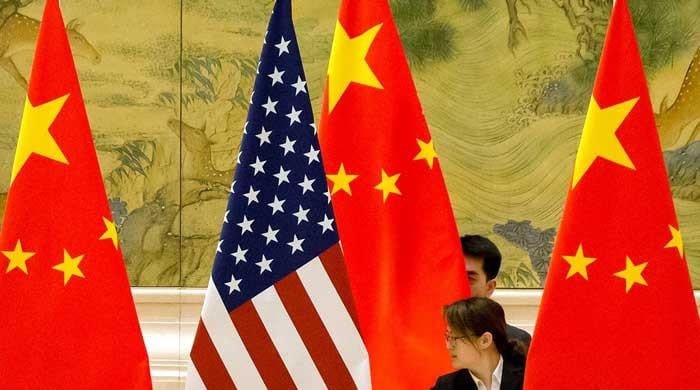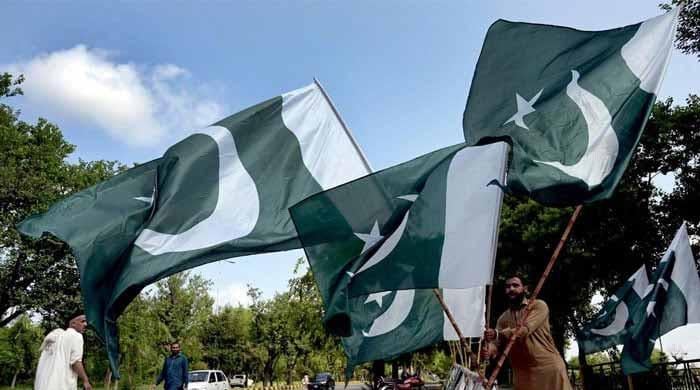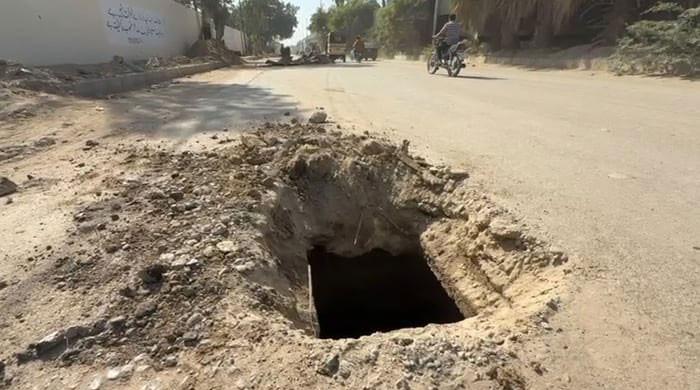From Bretton Woods to debt crisis: Is the global financial system at a breaking point?
Question remains: is the world ready to abandon a broken system, or will it wait until the next crisis forces its hand?
May 17, 2025

The global financial system, established in 1944 under the Bretton Woods agreement, has shaped modern economies, but not without consequences. Some argue that the system has fueled conflicts, with wars erupting roughly every four years, financed by the very monetary policies that sustain it. The US dollar, once pegged to gold at $35 an ounce, became the world’s reserve currency. However, in 1971, President Nixon severed the dollar’s convertibility to gold, marking a turning point in economic history.
At the time of Nixon’s decision, global debt was estimated at roughly $1.5 trillion. By the late 1970s, neoliberalism took hold, but its core principle remained unchanged: when crises hit, governments intervened to rescue the wealthiest. Financial shocks in 1992, 1995, 1998, and the 2008 meltdown exposed the system’s fragility. Each time, debt was the common denominator.
During the 2007-2008 Global Financial Crisis (GFC), global debt had surged to approximately $173 trillion. The crisis, triggered by excessive risk-taking and subprime lending, led to massive bailouts and central bank interventions. Today, global debt has ballooned to $325 trillion, while gold prices have skyrocketed to $3,500 per ounce — a stark contrast to the $35 fixed rate of 1944.
Recognising the growing instability, US Treasury Secretary Scott Bessent, speaking at the International Monetary Fund (IMF) and World Bank Spring Meetings, called for a fundamental shift in the global financial system. He criticised the IMF and World Bank for straying from their core mandates and argued that excessive debt, persistent imbalances, and low productivity growth were weighing down global economic prospects. Bessent urged a return to fiscal prudence and policy discipline, emphasising that the financial architecture must be restructured to ensure long-term stability.
Economists Amir Sufi and Atif Mian, in their analysis of financial crises, concluded that debt is the root cause of economic instability. They argued that a different system could have yielded better outcomes. Yet, no alternative has emerged that can scale globally. The US administration shows no intent to overhaul the system, despite its flaws. Even Karl Marx’s critiques resurface in discussions, but implementing a radically different model remains fraught with challenges.
The United Nations has warned that the current financial architecture will fail to achieve its Sustainable Development Goals (SDGs), urging reform. But the critical question is: what should replace it? Conservative philosopher Dr Roger Scruton, in his 2010 article "Muhammad Was Right About Debt," proposed looking to Islamic finance, arguing that its prohibition of interest aligns with human nature. Pakistan has taken steps in this direction, constitutionally mandating a shift to an interest-free system by January 2028.
Sceptics call the timeline ambitious, but proponents argue that the interest-based system is inherently unstable. The COVID-19 economic collapse highlighted this, while economies faltered, lenders continued charging interest, with relief measures seen as a way to protect creditors rather than borrowers.
However, resistance persists, particularly from Pakistan’s banking sector, which benefits from the current system. Yet, if global financial powers like the US push for change, local resistance may crumble. The world desperately needs a viable alternative — one that addresses the curse of debt-driven instability. If Pakistan succeeds in its transition, it could offer a blueprint for others. The question remains: is the world ready to abandon a broken system, or will it wait until the next crisis forces its hand?









